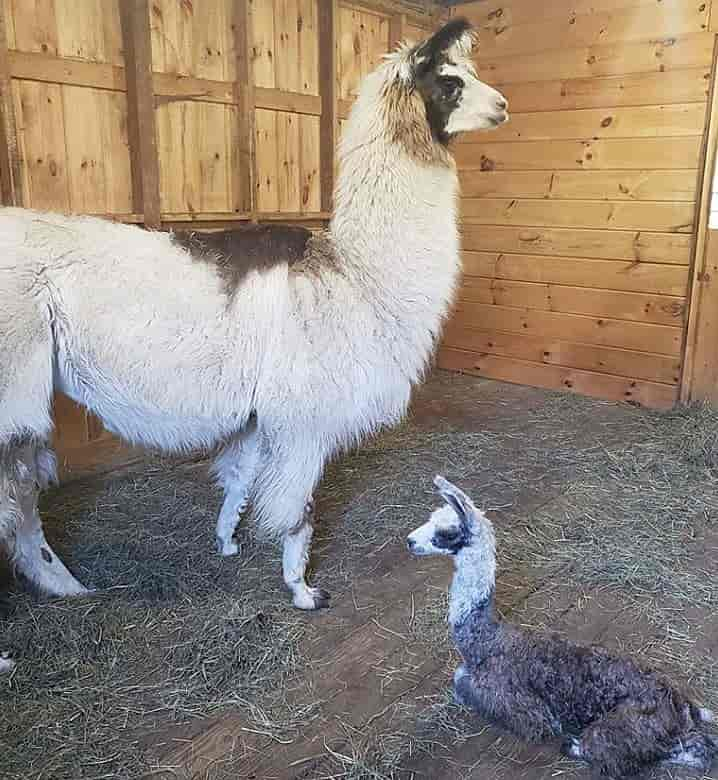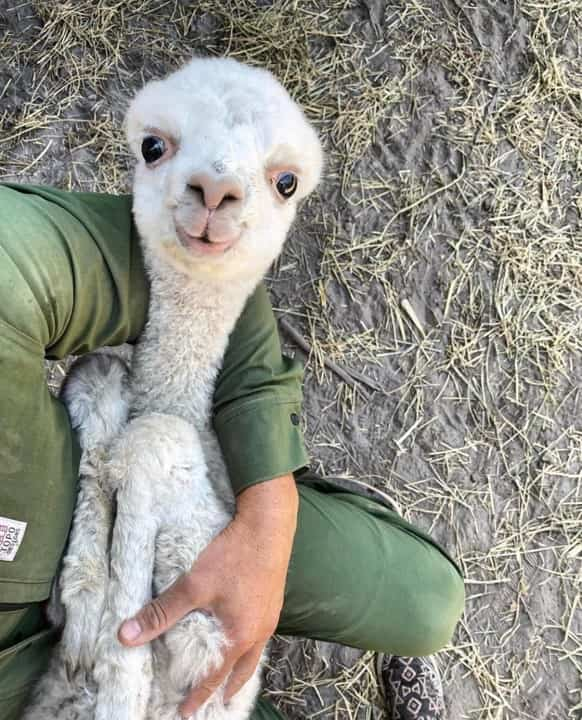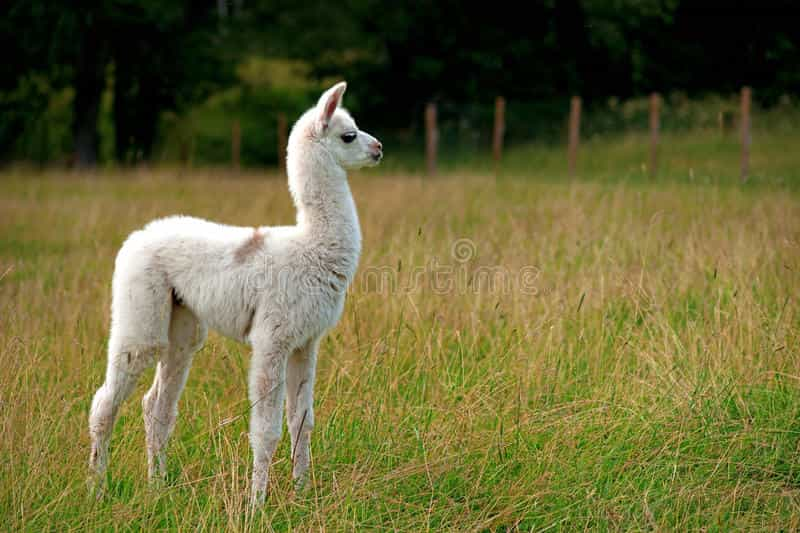Introduction
Llamas are fascinating creatures, known for their unique physical appearance, gentle behavior, and ability to be trained for various purposes. In this article, we will be focusing on baby llamas, also known as crias, and providing a comprehensive guide on everything you need to know about them. From their physical appearance and behavior to their dietary needs and socialization, we’ve got you covered.
Physical Appearance Baby llamas:

They are born with a thick, woolly coat and typically weigh between 25 and 35 pounds. They come in a variety of colors, including white, black, brown, and grey, and their fur is soft and fluffy. Their legs are long and sturdy, and their feet are large and padded, making them well-suited for mountainous terrain. Baby llamas have large, expressive eyes, and their long necks give them an adorable, curious appearance.
Behavior and Development :

Baby llamas are known for their playful and curious nature, and they quickly bond with their mothers, who care for and protect them. As they grow, they develop strong social bonds with their herd mates, and they are naturally sociable animals. They are also quick learners and are capable of responding to commands and being trained for various tasks.
Food and Diet :
Baby llamas are herbivores, and their diet consists primarily of grasses, hay, and other roughages. They also require a source of clean water and, in some cases, supplements to ensure they get the proper nutrients. In their first few months of life, baby llamas nurse from their mothers, who produce rich, nutritious milk. As they grow, they will gradually transition to a solid food diet.
How They Grow from birth :

Timeline for Walking, Talking, and Socializing Baby llamas are born with the ability to stand and walk within hours of birth, and they are able to run and play by the time they are a few days old. They do not, however, “talk” in the traditional sense, as they communicate primarily through body language and vocalizations. As they mature and socialize with their herd, they will develop their own unique personalities and communication styles.
Where Do Baby Llamas Live and Thrive?
Baby llamas are native to South America and are well-adapted to living in mountainous regions. They are hardy creatures and can survive in a variety of climates, but they do best in areas with plenty of grasses and roughages for them to feed on. In terms of domestication, baby llamas can thrive in a variety of environments, including farms, ranches, and even as pets in suburban and urban areas.
Conclusion:
In conclusion, baby llamas are charming creatures with a unique appearance, playful behavior, and quick learning abilities. Whether you’re a farmer, pet owner, or simply an animal lover, baby llamas are sure to win your heart with their adorable looks and engaging personalities. By understanding their dietary needs, behavior, and development timeline, you can ensure they receive the proper care and attention they need to thrive.